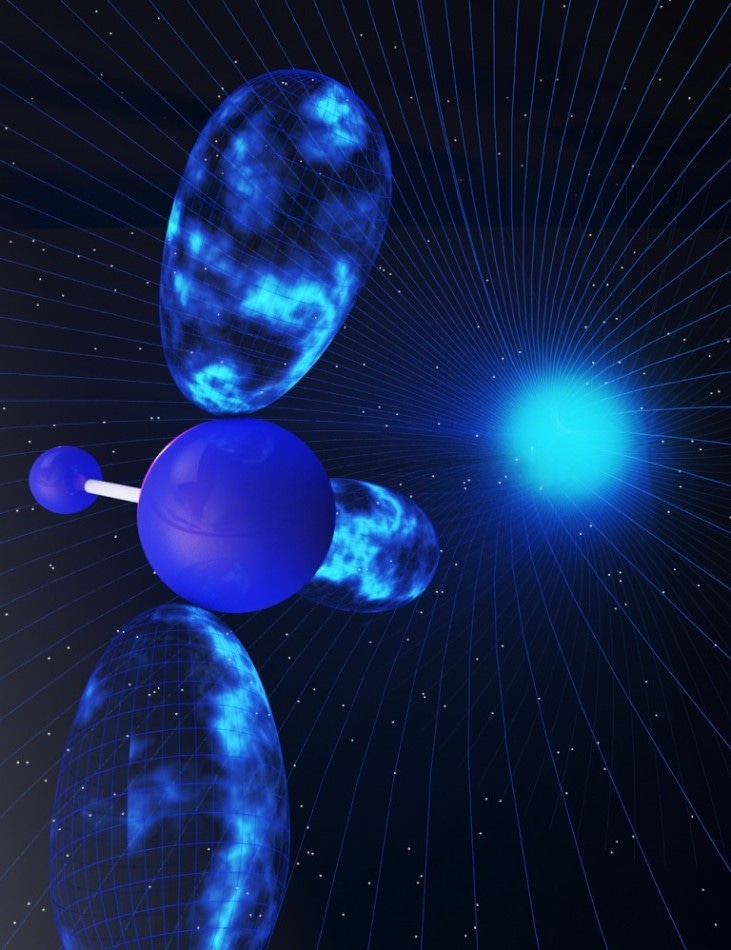Feb 1 2018
Back in the 1930s, astronomers succeeded in detecting one of the first molecules in interstellar space – carbynes. The simplest carbyne, developed by carbon and hydrogen only, is today considered one of the most fundamental ingredients for life. Even though these molecules could have in synthesis, they had eluded chemists for years.
However recently, researchers at ICIQ discovered how to produce carbynes in the lab employing visible light and photocatalysts. Headed by Dr. Marcos García Suero, they developed a new methodology that permits them to develop chiral centers adding, like lego pieces, three varied fragments to a carbyne.
 Carbynes are inspired by interstellar chemistry (Image credit: © Ella Maru Studio, Inc)
Carbynes are inspired by interstellar chemistry (Image credit: © Ella Maru Studio, Inc)
Carbon has the exceptional potential to bind four varied molecules or atoms forming stable chiral structures. Carbynes are carbon species with an exclusive characteristic – three of these four ‘slots’ are free, ready to develop new chemical bonds. This makes them an extremely unstable and reactive chemical species, hence they have remained greatly unexplored in synthetic chemistry. However, this interstellar species inspired Suero and his team to come up with a novel methodology they dubbed “assembly-point functionalization”. By cautiously choosing different catalytic switches, activated with blue or white LED light, researchers at ICIQ succeeded in controlling carbyne precursors, and employing them for attaining unprecedented transformations.
Suero and his team made use of carbynes in order to add new chiral fragments to existing ‘finished’ molecules, without the need for altering the whole synthetic process from scratch – which is generally extremely problematic, time consuming and expensive. Suero’s group proved the potential of their original idea by functionalizing drugs such as paclitaxel (anticancer), duloxetine (antidepressant), fingolimod (multiple sclerosis) or ibuprofen. Furthermore, carbynes could be employed for connecting medicines or drug candidates to particular ‘key’ fragments, in order to target them to their equivalent ‘keyhole’ receptors.
Despite being in an early stage, this discovery has the prospective for majorly accelerating the drug discovery process, confidently making better medicine available at a much faster rate.
Carbynes – The new piece of chemistry's Lego (The Suero Group)